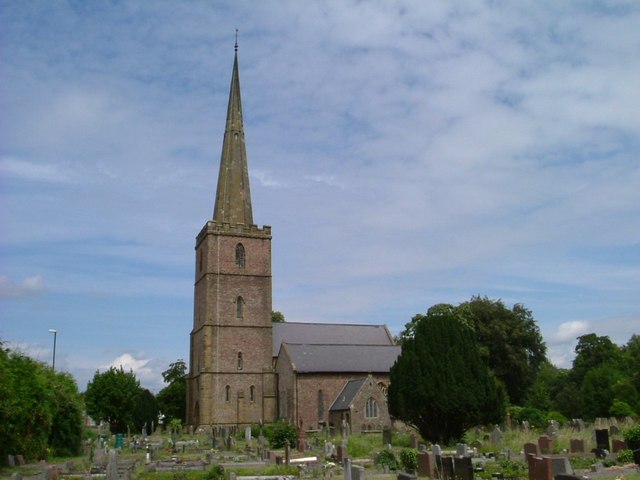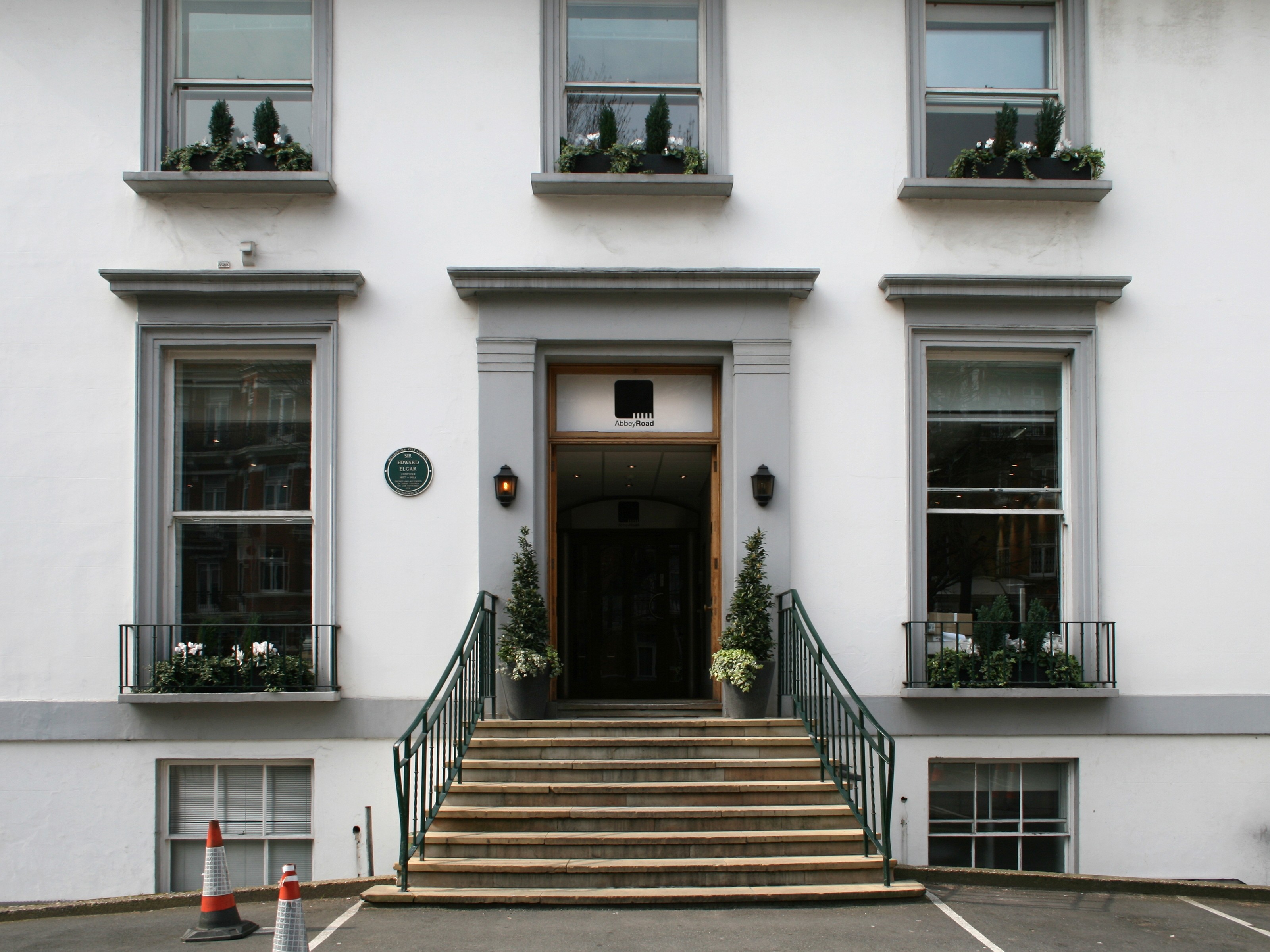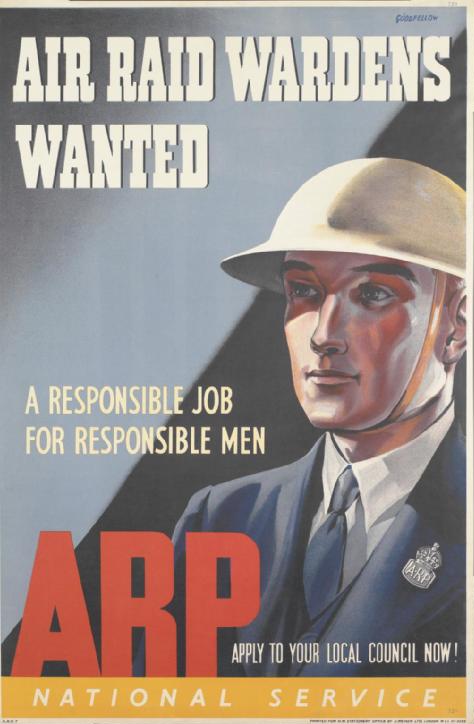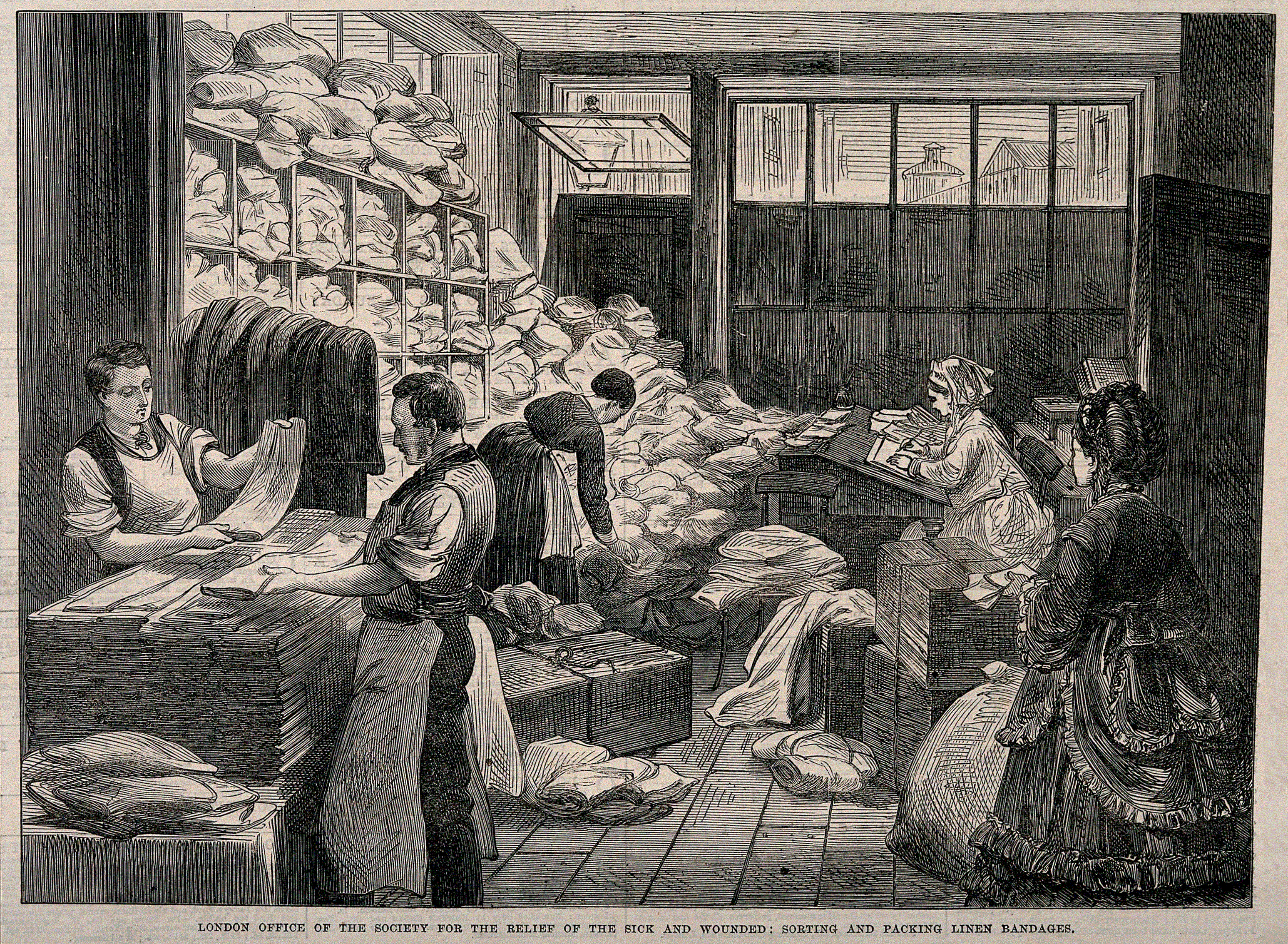|
Lydney Town Hall
Lydney Town Hall is a municipal structure in the High Street, Lydney, Gloucestershire, England. The structure, which is used as an events venue, is listed by the local authority as a "building of local architectural or historical interest". History In the 1880s, following significant population growth associated with the town's role as a port for the shipment of coal and timber, a group of local businessmen decided to form a company to finance and to erect a town hall. The land selected for the new building, which was to the immediate south of the market cross, was donated by the lord of the manor, Charles Bathurst (1837–1907) of Lydney Park. The foundation stone for the new building was laid by the benefactor's son, Charles Bathurst (1867–1958), on 15 December 1888. It was designed by William Howard Seth-Smith in the Jacobethan style, built in rubble masonry and was officially opened by the benefactor's daughter, Mary Bathhurst, in September 1889. The design involved a s ... [...More Info...] [...Related Items...] OR: [Wikipedia] [Google] [Baidu] |
Lydney
Lydney is a town and civil parishes in England, civil parish in Gloucestershire, England. It is on the west bank of the River Severn in the Forest of Dean District, and is 16 miles (25 km) southwest of Gloucester. The town has been Bypass (road), bypassed by the A48 road since 1995. The population was 8,960 at the 2001 census, decreasing to 8,766 at the 2011 census, and increasing to 10,043 at the 2021 census. Lydney has a harbour on the Severn, created when the Lydney Canal was built. Adjoining the town, Lydney Park gardens have a Roman Britain, Roman temple dedicated to Nodens. Etymology According to Cook (1906) the toponym "Lydney" derives from the Old English *''Lydan-eġ'', "Lludd's Island", which could connect it with the name Nudd/Nodens. However, more probable etymologies of Lydney are offered in other sources. A. D. Mills suggests "island or river-meadow of the sailor, or of a man named *Lida", citing the forms "Lideneg" from c. 853 and "Ledenei" from the 1086 Dom ... [...More Info...] [...Related Items...] OR: [Wikipedia] [Google] [Baidu] |
Rural District
A rural district was a type of local government area – now superseded – established at the end of the 19th century in England, Wales Wales ( ) is a Countries of the United Kingdom, country that is part of the United Kingdom. It is bordered by the Irish Sea to the north and west, England to the England–Wales border, east, the Bristol Channel to the south, and the Celtic ..., and Ireland for the administration of predominantly rural areas at a level lower than that of the Administrative county, administrative counties.__TOC__ England and Wales In England and Wales rural districts were created in 1894 by the Local Government Act 1894 (56 & 57 Vict. c. 73) along with Urban district (Great Britain and Ireland), urban districts. They replaced the earlier system of sanitary districts (themselves based on poor law unions, but not replacing them). Each rural district had an elected rural district council (RDC), which inherited the functions of the earlier sanitary di ... [...More Info...] [...Related Items...] OR: [Wikipedia] [Google] [Baidu] |
Government Buildings Completed In 1889
A government is the system or group of people governing an organized community, generally a state. In the case of its broad associative definition, government normally consists of legislature, executive, and judiciary. Government is a means by which organizational policies are enforced, as well as a mechanism for determining policy. In many countries, the government has a kind of constitution, a statement of its governing principles and philosophy. While all types of organizations have governance, the term ''government'' is often used more specifically to refer to the approximately 200 independent national governments and subsidiary organizations. The main types of modern political systems recognized are democracies, totalitarian regimes, and, sitting between these two, authoritarian regimes with a variety of hybrid regimes. Modern classification systems also include monarchies as a standalone entity or as a hybrid system of the main three. Historically prevalent forms ... [...More Info...] [...Related Items...] OR: [Wikipedia] [Google] [Baidu] |
The Beatles
The Beatles were an English Rock music, rock band formed in Liverpool in 1960. The core lineup of the band comprised John Lennon, Paul McCartney, George Harrison and Ringo Starr. They are widely regarded as the Cultural impact of the Beatles, most influential band in Western popular music and were integral to the development of Counterculture of the 1960s, 1960s counterculture and the recognition of popular music as an art form. Rooted in skiffle, beat music, beat and 1950s rock and roll, rock 'n' roll, their sound incorporated elements of classical music and traditional pop in innovative ways. The band also explored music styles ranging from Folk music, folk and Music of India, Indian music to Psychedelic music, psychedelia and hard rock. As Recording practices of the Beatles, pioneers in recording, songwriting and artistic presentation, the Beatles revolutionised many aspects of the music industry and were often publicised as leaders of the Baby boomers, era's youth and soc ... [...More Info...] [...Related Items...] OR: [Wikipedia] [Google] [Baidu] |
Rock Music
Rock is a Music genre, genre of popular music that originated in the United States as "rock and roll" in the late 1940s and early 1950s, developing into a range of styles from the mid-1960s, primarily in the United States and the United Kingdom. It has its roots in rock and roll, a style that drew from the black musical genres of blues and rhythm and blues, as well as from country music. Rock also drew strongly from genres such as electric blues and folk music, folk, and incorporated influences from jazz and other styles. Rock is typically centered on the electric guitar, usually as part of a rock group with electric bass guitar, drum kit, drums, and one or more singers. Usually, rock is song-based music with a Time signature, time signature and using a verse–chorus form; however, the genre has become extremely diverse. Like pop music, lyrics often stress romantic love but also address a wide variety of other themes that are frequently social or political. Rock was the most p ... [...More Info...] [...Related Items...] OR: [Wikipedia] [Google] [Baidu] |
World War II
World War II or the Second World War (1 September 1939 – 2 September 1945) was a World war, global conflict between two coalitions: the Allies of World War II, Allies and the Axis powers. World War II by country, Nearly all of the world's countries participated, with many nations mobilising all resources in pursuit of total war. Tanks in World War II, Tanks and Air warfare of World War II, aircraft played major roles, enabling the strategic bombing of cities and delivery of the Atomic bombings of Hiroshima and Nagasaki, first and only nuclear weapons ever used in war. World War II is the List of wars by death toll, deadliest conflict in history, causing World War II casualties, the death of 70 to 85 million people, more than half of whom were civilians. Millions died in genocides, including the Holocaust, and by massacres, starvation, and disease. After the Allied victory, Allied-occupied Germany, Germany, Allied-occupied Austria, Austria, Occupation of Japan, Japan, a ... [...More Info...] [...Related Items...] OR: [Wikipedia] [Google] [Baidu] |
Air Raid Precautions In The United Kingdom
Air Raid Precautions (ARP) refers to a number of organisations and guidelines in the United Kingdom dedicated to the protection of civilians from the danger of air raids. Government consideration for air raid precautions increased in the 1920s and 30s, with the Raid Wardens' Service set up in 1937 to report on bombing incidents. Every local council was responsible for organising ARP wardens, messengers, ambulance drivers, rescue parties, and liaison with police and fire brigades. From 1 September 1939, ARP wardens enforced the " blackout". Heavy curtains and shutters were required on all private residences, commercial premises, and factories to prevent light escaping and so making them a possible marker for enemy bombers to locate their targets. With increased enemy bombing during the Blitz, the ARP services were central in reporting and dealing with bombing incidents. They managed the air raid sirens and ensured people were directed to shelters. Women were involved in ARP servi ... [...More Info...] [...Related Items...] OR: [Wikipedia] [Google] [Baidu] |
World War I
World War I or the First World War (28 July 1914 – 11 November 1918), also known as the Great War, was a World war, global conflict between two coalitions: the Allies of World War I, Allies (or Entente) and the Central Powers. Fighting took place mainly in European theatre of World War I, Europe and the Middle Eastern theatre of World War I, Middle East, as well as in parts of African theatre of World War I, Africa and the Asian and Pacific theatre of World War I, Asia-Pacific, and in Europe was characterised by trench warfare; the widespread use of Artillery of World War I, artillery, machine guns, and Chemical weapons in World War I, chemical weapons (gas); and the introductions of Tanks in World War I, tanks and Aviation in World War I, aircraft. World War I was one of the List of wars by death toll, deadliest conflicts in history, resulting in an estimated World War I casualties, 10 million military dead and more than 20 million wounded, plus some 10 million civilian de ... [...More Info...] [...Related Items...] OR: [Wikipedia] [Google] [Baidu] |
Voluntary Aid Detachment
The Voluntary Aid Detachment (VAD) was a voluntary unit of civilians providing nursing care for military personnel in the United Kingdom and various other countries in the British Empire. The most important periods of operation for these units were during World War I and World War II. Although VADs were intimately bound up in the war effort, they were not military nurses, as they were not under the control of the military, unlike the Queen Alexandra's Royal Army Nursing Corps, the Princess Mary's Royal Air Force Nursing Service, and the Queen Alexandra's Royal Naval Nursing Service. The VAD nurses worked in field hospitals, i.e., close to the battlefield, and in longer-term places of recuperation back in Britain. World War I The VAD system was founded in 1909 with the help of the British Red Cross and Order of Saint John (chartered 1888), Order of St John. By the summer of 1914 there were over 2,500 Voluntary Aid Detachments in Britain. Of the 74,000 VAD members in 1914, two-third ... [...More Info...] [...Related Items...] OR: [Wikipedia] [Google] [Baidu] |
British Red Cross
The British Red Cross Society () is the United Kingdom body of the worldwide neutral and impartial humanitarian network the International Red Cross and Red Crescent Movement. The society was formed in 1870, and is a registered charity with 10,500 volunteers and 3,500 staff. At the heart of their work is providing help to people in crisis, both in the UK and overseas. The Red Cross is committed to helping people without discrimination, regardless of their ethnic origin, nationality, political beliefs or religion. Queen Elizabeth II was the patron of the society until her death in 2022, and was replaced by her successor King Charles III, who previously served as president between 2003 and 2024. In the year ending December 2023, the charity's income was £331million, which included £32M from government contracts and £34M from government grants. Total expenditure was £323M, of which £246M (76%) of its income delivering its charitable activities. Guiding ethos The mission ... [...More Info...] [...Related Items...] OR: [Wikipedia] [Google] [Baidu] |
Finial
A finial () or hip-knob is an element marking the top or end of some object, often formed to be a decorative feature. In architecture, it is a small decorative device, employed to emphasize the Apex (geometry), apex of a dome, spire, tower, roof, or gable or any of various distinctive ornaments at the top, end, or corner of a building or structure. A finial is typically carved in stone. Where there are several such elements they may be called pinnacles. The very top of a finial can be a floral or foliated element called a bouquet. Smaller finials in materials such as metal or wood are used as a decorative ornament on the tops or ends of poles or rods such as tent-poles or curtain rods or any object such as a piece of furniture. These are frequently seen on top of bed posts or clocks. Decorative finials are also commonly used to fasten lampshades, and as an ornamental element at the end of the handles of souvenir spoons. The charm at the end of a pull chain (such as for a ceiling ... [...More Info...] [...Related Items...] OR: [Wikipedia] [Google] [Baidu] |
William Howard Seth-Smith III
William Howard Seth Smith (23 August 1852 – 30 August 1928) was a British architect. He is best known for his contributions to churches and schools in the Surrey area. Biography William Howard Seth-Smith was born into a noted Scottish architectural family on 23 August 1852, to William Seth-Smith of Tangley, near Wonersh which is south of Guildford. His grandfather, Seth Smith, was noted for building some of the most wealthy communities in Central London today such as Belgravia and communities such as Eaton Square and Wilton Crescent. These developments included the original pantechnicon from which the name of the van is derived. Seth-Smith attended the South Kensington Art School and became a Fellow of the Royal Institute of British Architects in 1892 and was President of the Society of Architects and of the Architectural Association. In 1880 he designed the United Reformed Church in Wonersh, the Kingham Hill School in Oxfordshire in 1886 in the traditional Cotswold style ... [...More Info...] [...Related Items...] OR: [Wikipedia] [Google] [Baidu] |







